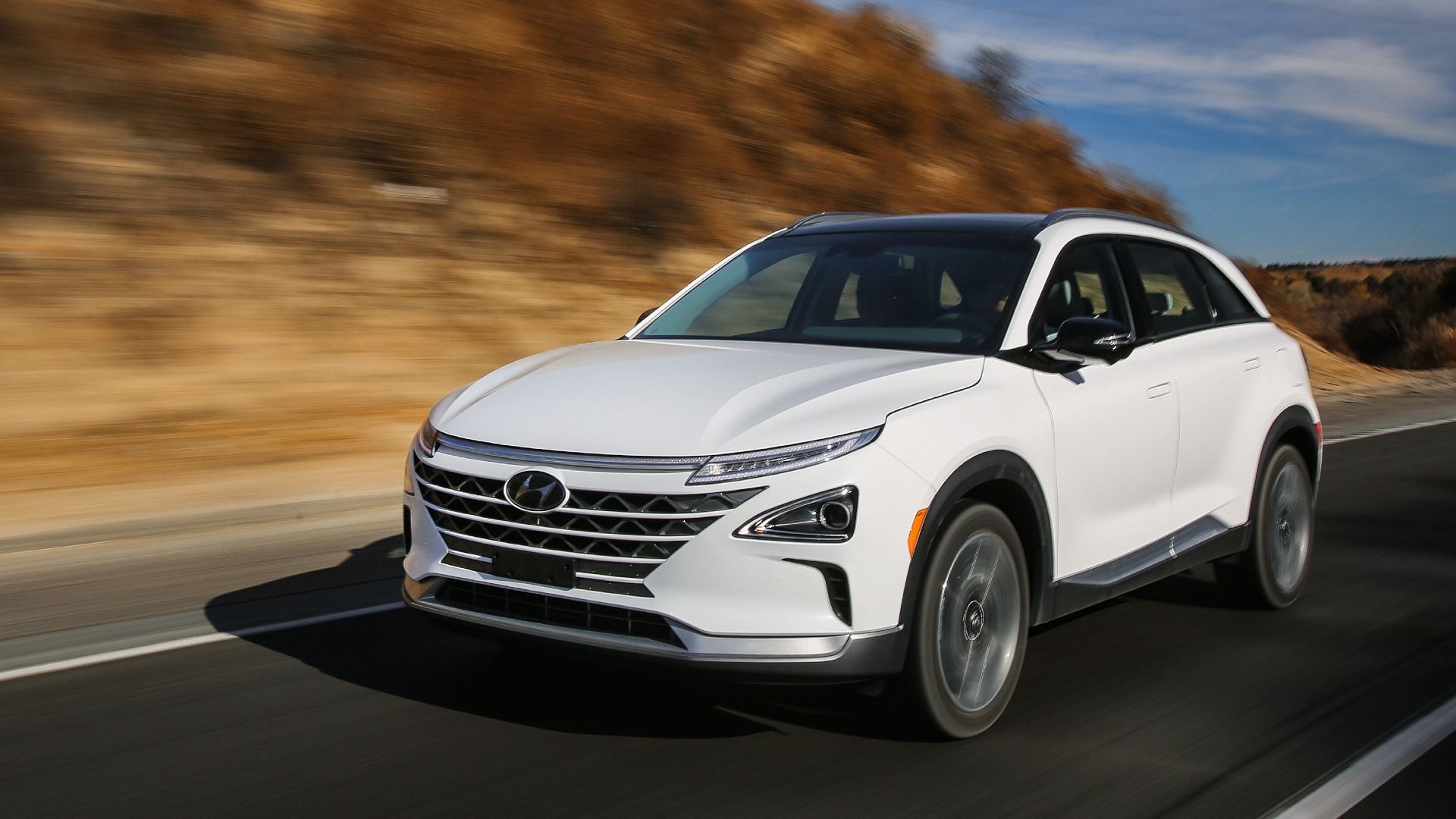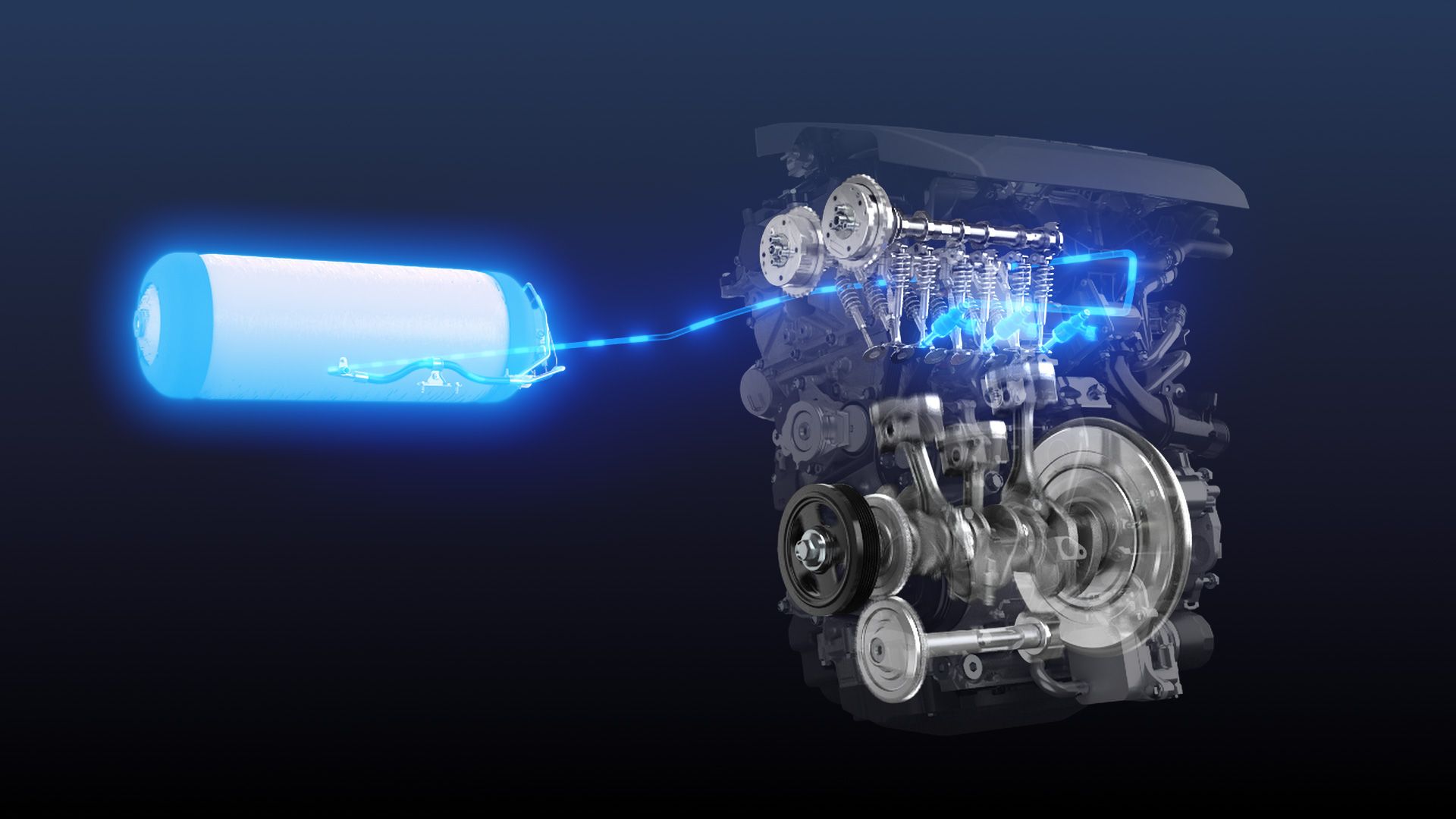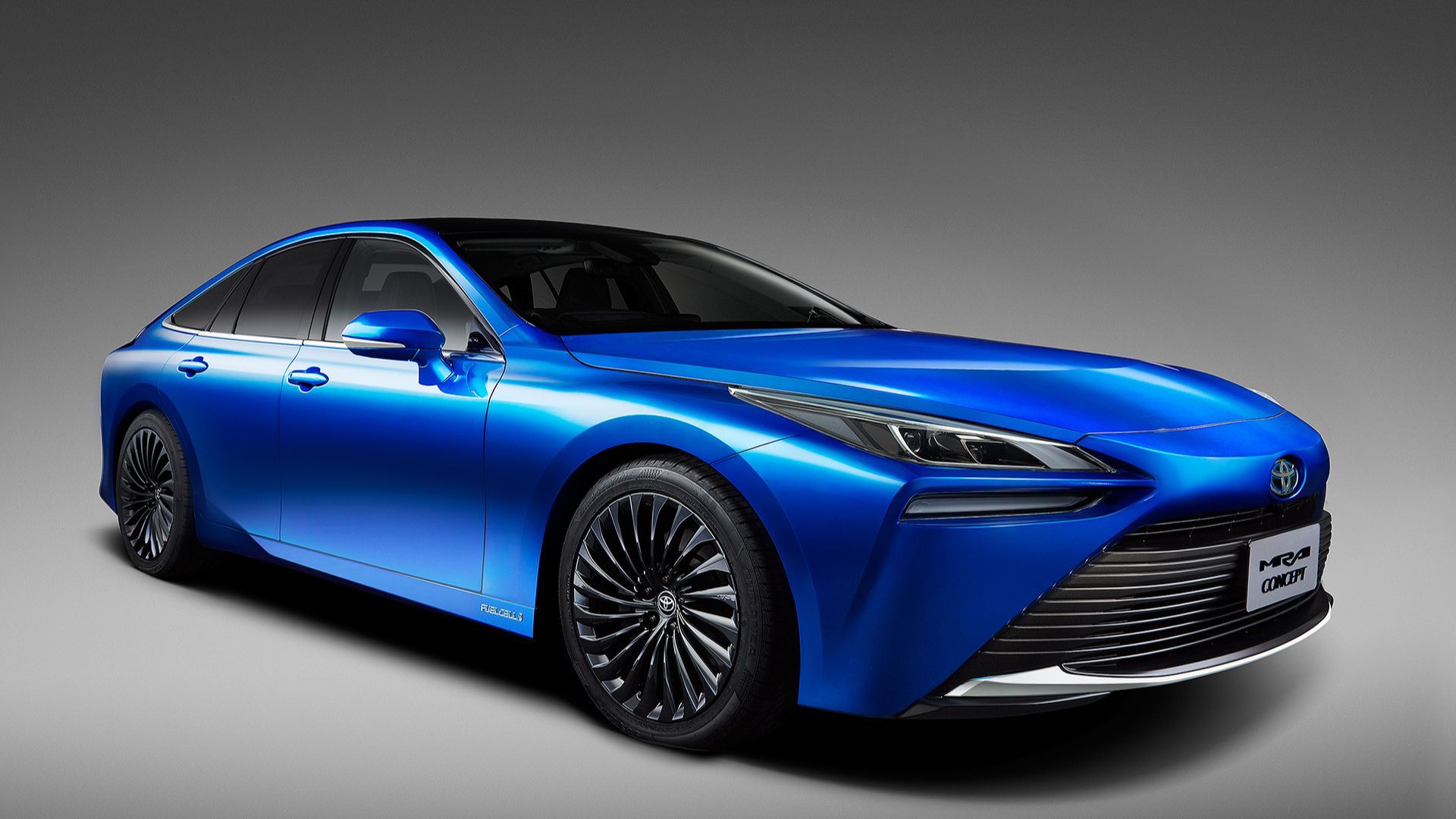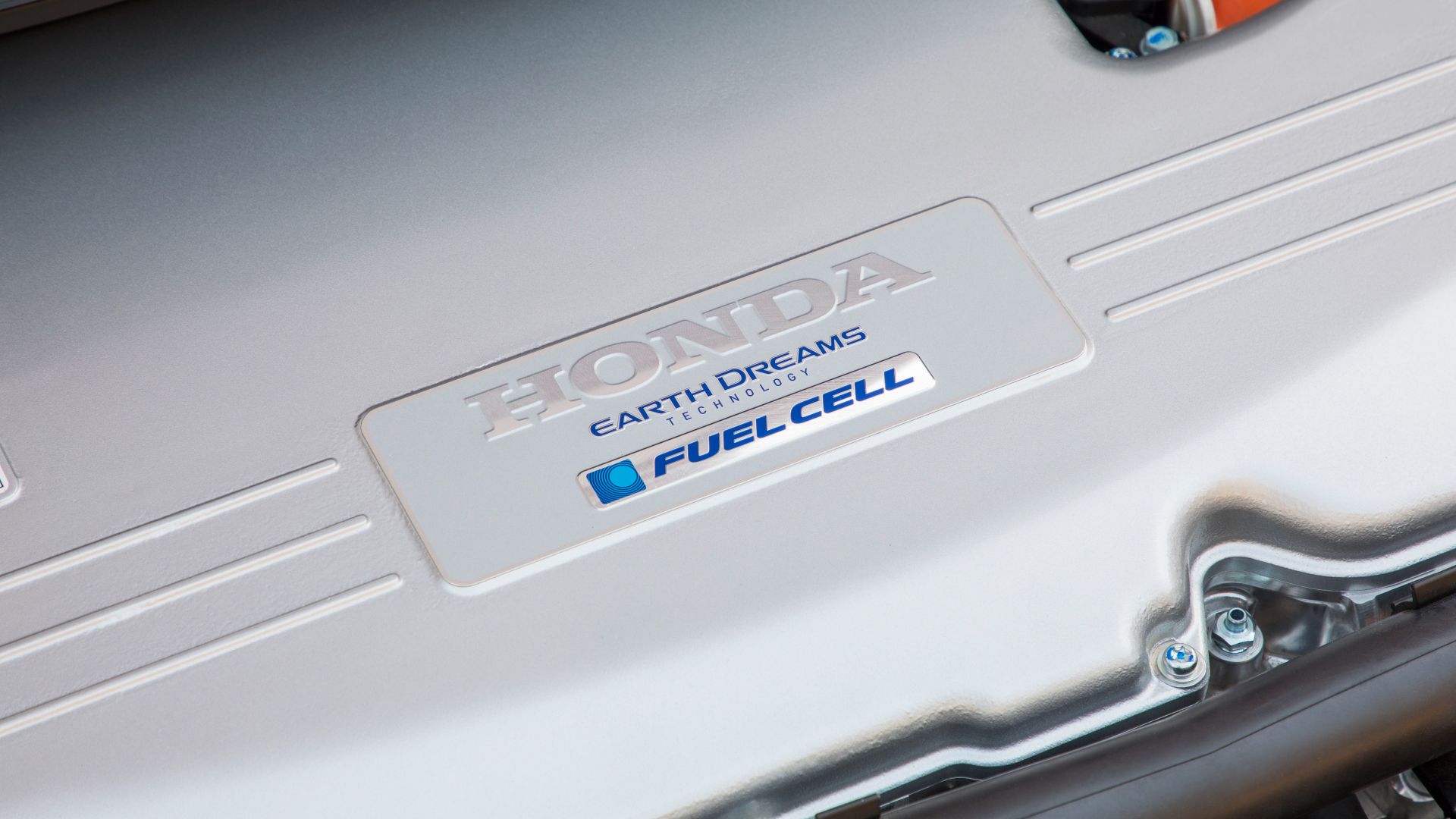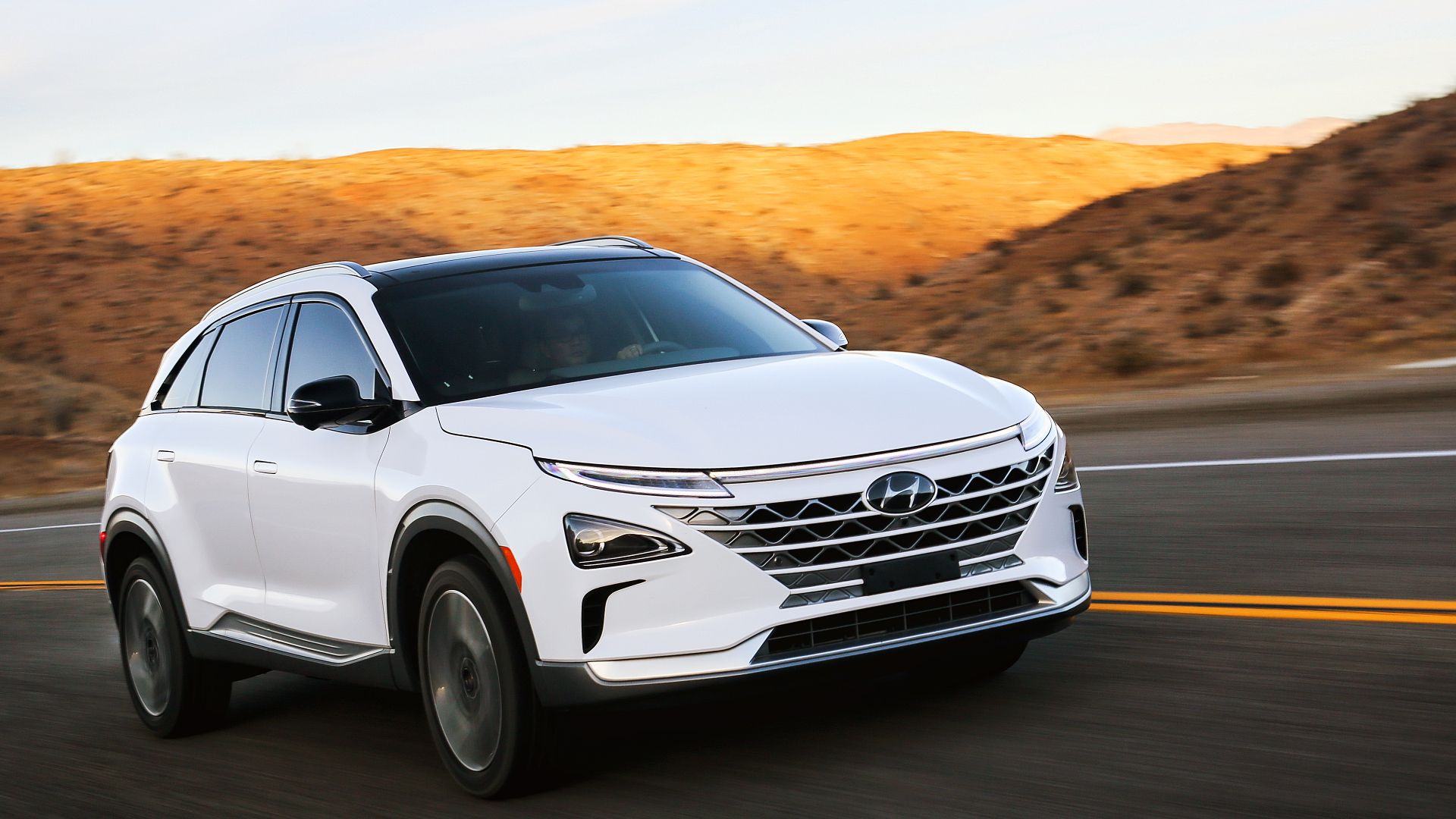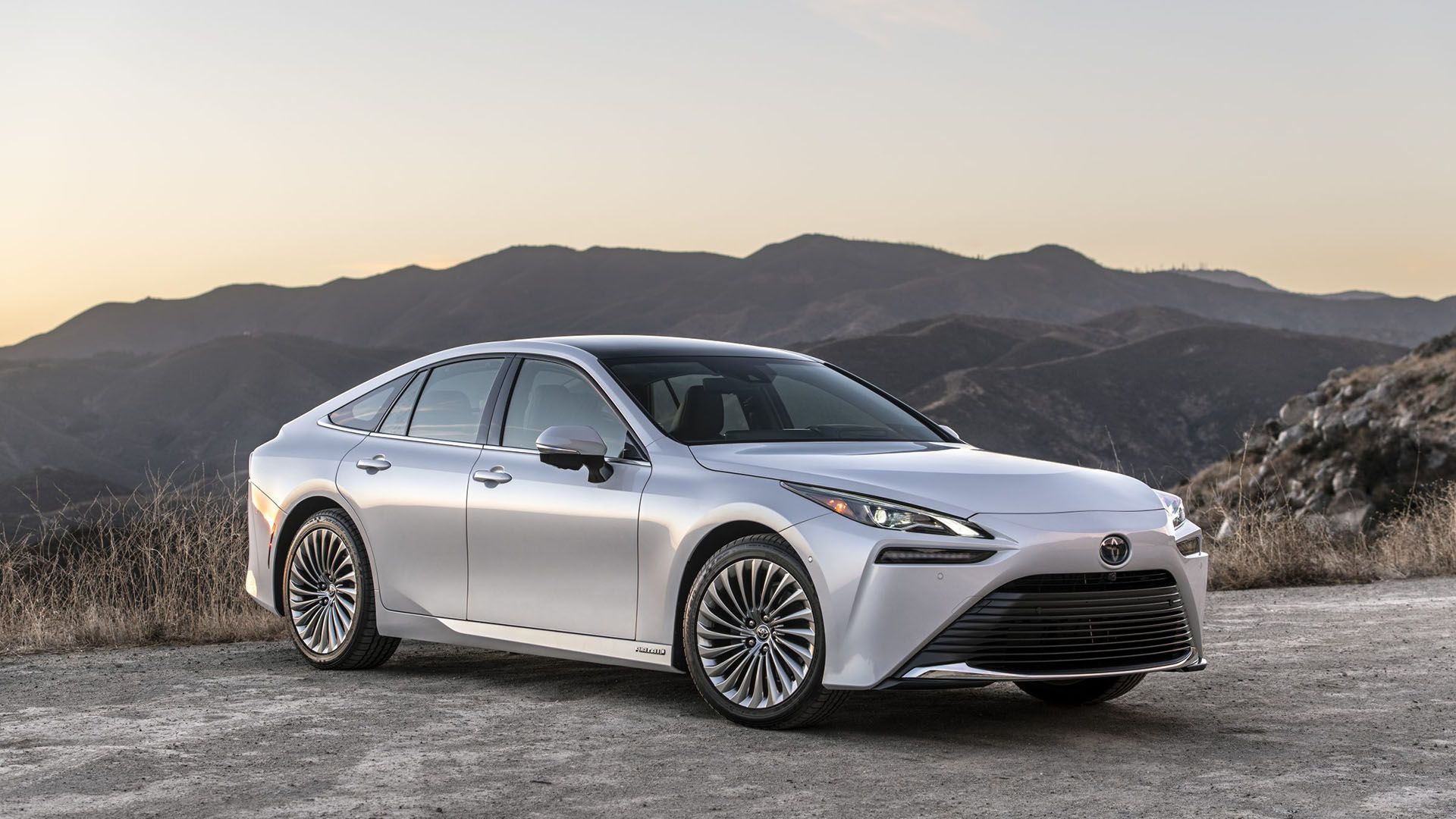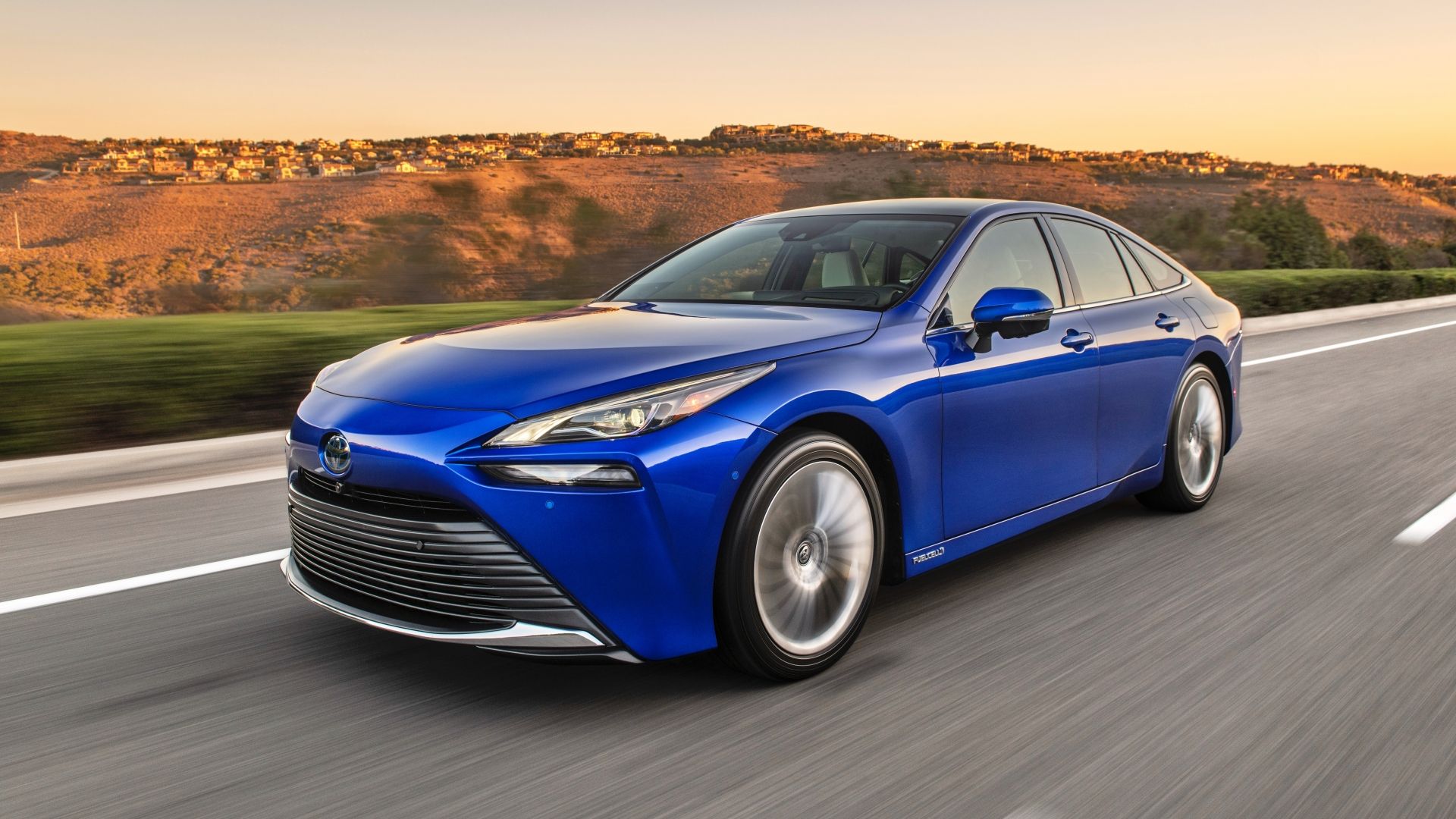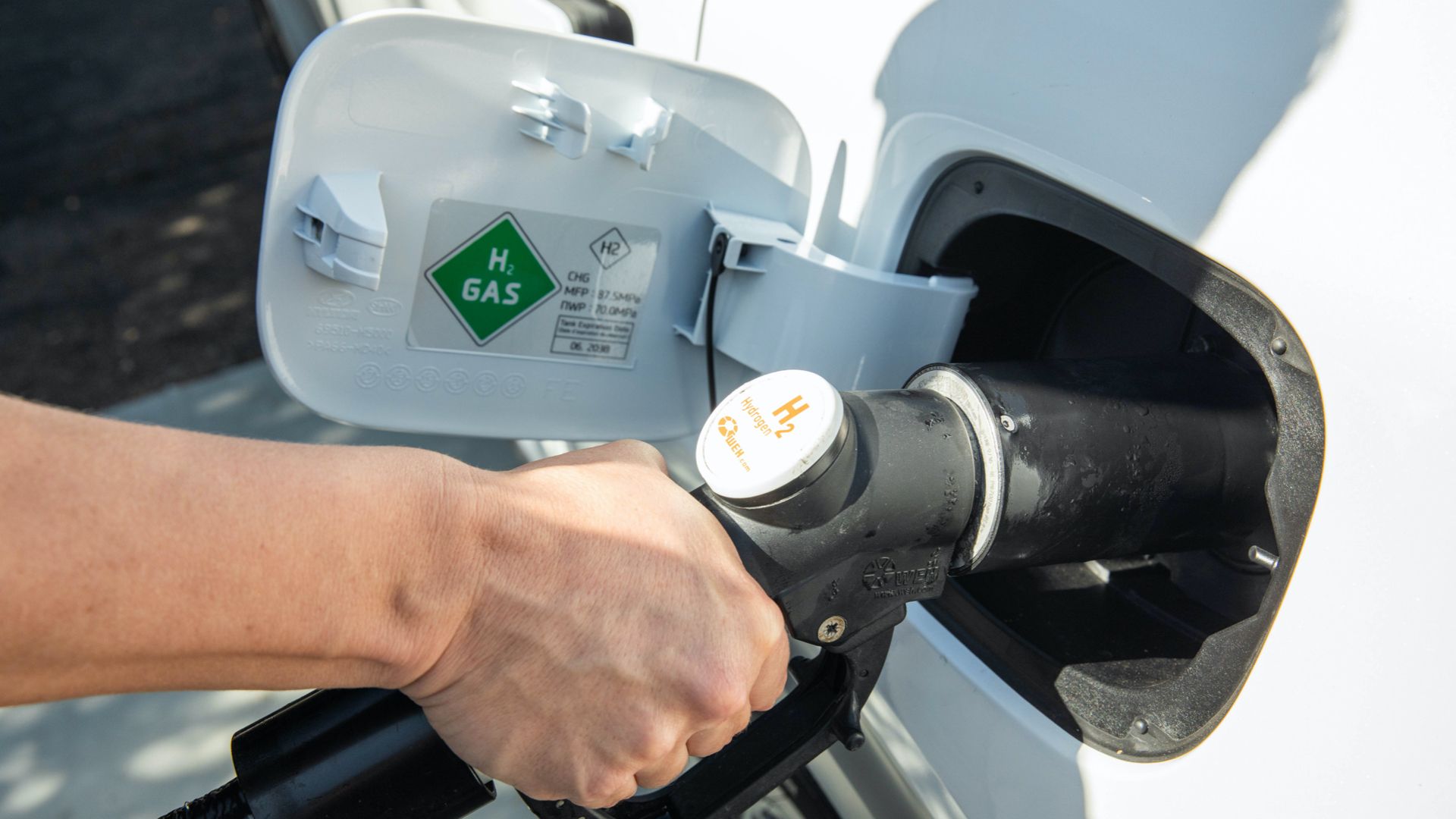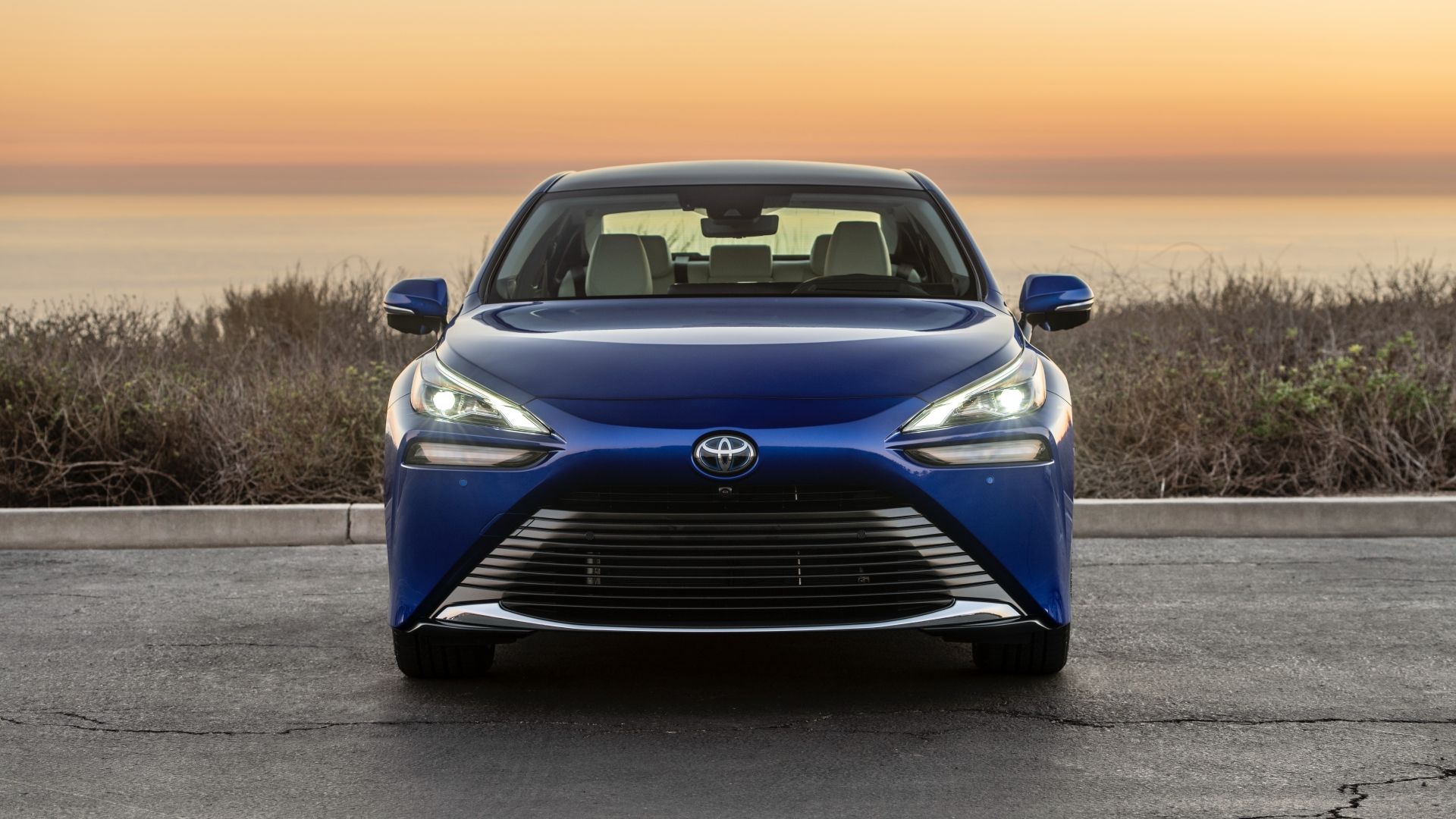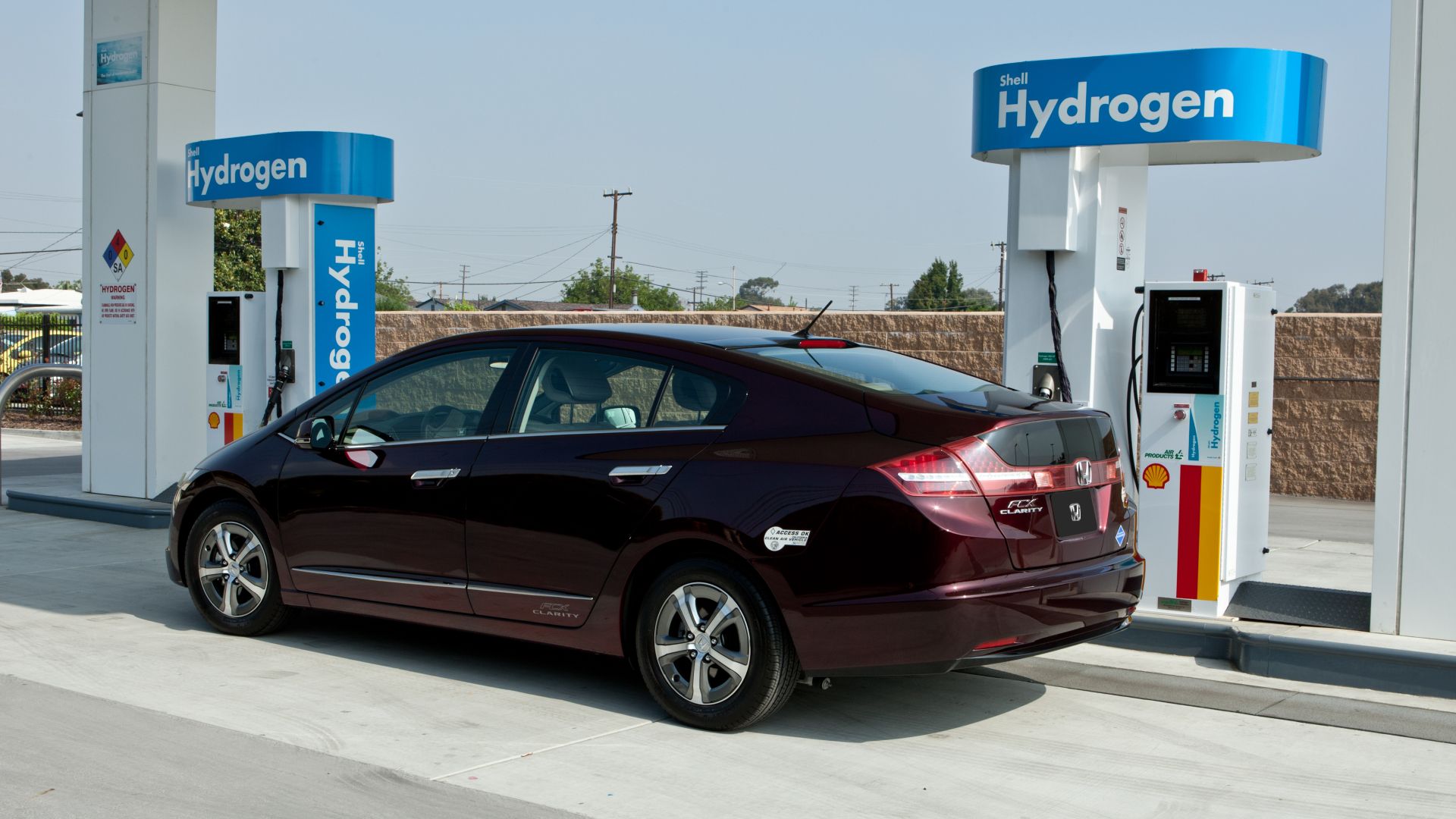Hydrogen fuel-cell vehicles have emerged as a promising alternative to traditional gasoline-powered cars. These vehicles utilize a fuel cell to convert hydrogen into electricity, which powers an electric motor. The process only produces water as a byproduct, making fuel-cell vehicles a more sustainable and environmentally-friendly option. The automotive industry has devoted significant attention to the development of these vehicles for many years, and several automakers have released their own models. Despite their potential benefits, there are challenges to widespread adoption. Currently, the cost of fuel-cell vehicles exceeds that of traditional gasoline-powered cars, and there is limited infrastructure for producing, transporting, and dispensing hydrogen fuel.
In order to understand the characteristics of this phenomenon, it is necessary to know several aspects: history, operation, advantages, disadvantages, and future potential. It is also necessary to examine the current state of the hydrogen fuel-cell vehicle market and the obstacles that must be overcome for these vehicles to gain broader acceptance. Whether you seek knowledge or are exploring this technology as an alternative to gasoline-powered cars, you should know more about this technology that promises to at least mark some stumbling blocks to the idea of electric supremacy in the medium and long term.
10 How Do Hydrogen Fuel-Cell Vehicles Work?
Hydrogen fuel-cell vehicles use a simple mechanism to convert hydrogen gas into electricity that powers an electric motor. The fuel cell is made up of several layers of material, including a proton-exchange membrane, an anode, and a cathode. Hydrogen gas enters the anode, where it is split into protons and electrons. The protons pass through the membrane to the cathode, while the electrons are directed through an external circuit, creating an electric current that powers the motor. Oxygen from the air enters the cathode, where it combines with the protons and electrons to produce water vapor, the only emission from the vehicle. This kind of vehicle requires a steady supply of hydrogen gas to operate, which is stored in high-pressure tanks: for this reason, refueling is similar to gasoline refueling, taking only a few minutes to complete.
9 How Did This Industry Begin?
The history of hydrogen fuel-cell vehicles can be raked up to the early 1800s when scientists began to investigate hydrogen seriously, but it was not until the 1960s that researchers began developing the type of fuel cell used in cars. In these first steps of the industry, a model prepared by GM stood out: the Electrovan, which was introduced in 1966. The Electrovan was a van powered by a fuel cell and designed to test the feasibility of using fuel cells as a power source for vehicles. It was equipped with a 32-kilowatt fuel cell, which provided power to an electric motor that drove the vehicle's wheels, and had a range of about 70 miles and a top speed of 70 mph. It was only in the 1990s that the first modern hydrogen fuel-cell vehicles were developed by automakers such as General Motors and Toyota.
8 The Hydrogen Car Industry Today
The hydrogen fuel-cell vehicle industry has experienced significant growth in recent years as automakers continue to invest in the technology. In 2020, Toyota sold over 10,000 copies of its Mirai fuel-cell vehicle, and other automakers such as Honda and Hyundai have also released their own fuel-cell models. The increased availability of fuel-cell vehicles has been accompanied by improvements in the infrastructure for producing and dispensing hydrogen fuel, with more hydrogen fueling stations being built in the US, Europe, and Asia. However, challenges remain in making fuel-cell vehicles more affordable for you and expanding the hydrogen production and delivery infrastructure. To meet these challenges, automakers are partnering with energy companies and governments to accelerate the development of fuel-cell technology and infrastructure.
7 The Future Of The Hydrogen Fuel-Cell Cars
The future of hydrogen fuel-cell vehicles looks promising as automakers and governments continue to believe in this technology. Advancements in fuel-cell technology are going to make fuel-cell vehicles more efficient, affordable, and practical for everyday use. Additionally, improvements in the infrastructure for producing and dispensing hydrogen fuel are likely to reduce the cost and increase the availability of fuel for these vehicles. Furthermore, the adoption of fuel-cell technology in other industries such as aerospace and shipping could also drive down the cost of producing fuel cells, making these vehicles more accessible. In the future, fuel-cell vehicles will likely play an increasingly important role in the fight against climate change and in improving air quality in urban areas. As countries around the world set ambitious targets for reducing greenhouse gas emissions, fuel-cell vehicles are poised to become a key technology for achieving these goals.
6 Hydrogen Vehicles Face A Lot Of Problems
Hydrogen fuel-cell vehicles have faced several challenges in the past that have hindered their widespread adoption. One of the primary obstacles has been the high cost, which has limited their availability to consumers. On the other hand, the infrastructure for producing, transporting, and dispensing hydrogen fuel has been limited, making it difficult for fuel-cell vehicle owners to find fueling stations. Besides, there have been some technical challenges, related to the durability and reliability of fuel cells and the difficulty of storing hydrogen safely in a vehicle. These issues have been addressed through advancements in technology and improvements in the infrastructure used to produce and dispense hydrogen fuel. However, challenges remain in making the vehicles more affordable and expanding the infrastructure for hydrogen fuel production and delivery.
5 There Are A Few HFCVs Currently On Sale
Several automakers offer hydrogen fuel-cell vehicles on the market today, each with its own unique features and capabilities. One of the most popular models is the Toyota Mirai, which has a driving range of over 400 miles and can be refueled in about five minutes. The Honda Clarity fuel cell is another popular option, offering a range of over 360 Miles and a spacious interior. The Hyundai Nexo is a newer model that boasts a futuristic design and a range of up to 380 miles. All of these models offer zero emissions, quiet operation, and a smooth driving experience. While the cost of these vehicles is still relatively high compared to traditional gasoline-powered cars, they offer several advantages, including the potential for reduced operating costs over time and the satisfaction of driving a more environmentally friendly vehicle.
4 Some Advantages Over Electric Cars
Hydrogen fuel-cell vehicles and electric cars are both environmentally friendly alternatives to traditional gasoline-powered vehicles, but they differ in several key ways. One advantage of fuel-cell vehicles is their longer range compared to most electric cars. While some electric cars can travel up to 300 Miles on a single charge, fuel-cell vehicles can travel even further, with some models offering a range of over 400 miles. Additionally, fuel-cell vehicles can be refueled in a matter of minutes, compared to the hours it can take to recharge an electric car. Fuel-cell vehicles also offer a more consistent driving experience, with no reduction in power as the fuel-cell depletes, unlike electric cars that can experience a reduction in performance as the battery depletes. Finally, fuel-cell vehicles emit only water vapor, making them real zero-emissions vehicles.
3 HFCVs Have Certain Disadvantages As Well
One of the primary advantages of electric cars is their wider availability and lower cost compared to fuel-cell vehicles. There are more electric cars available on the market, and they are more affordable for the average consumer. Also, the infrastructure for charging electric cars is more widespread and accessible than the infrastructure for producing and dispensing hydrogen fuel and electric cars are more efficient in converting energy to power, making them more energy-efficient than fuel-cell vehicles. Finally, the process of producing hydrogen fuel can be energy-intensive and costly, whereas the electricity used to charge electric cars can come from renewable sources. While fuel-cell vehicles offer several advantages over traditional gasoline-powered cars, electric cars are currently a more practical and accessible option for most drivers seeking sustainable vehicles.
2 The Environmental Impact Of Hydrogen Fuel-Cell Cars
Hydrogen fuel-cell vehicles emit only water vapor as their exhaust, making them zero-emission vehicles, as stated above. Nevertheless, hydrogen gas production can come from both renewable sources (such as wind, solar, or hydropower) making it a sustainable fuel option, and from polluting sources that can generate greenhouse gas emissions (and in some cases these polluting sources may be cheaper). In addition, the production and transportation of hydrogen gas require significant energy and infrastructure, which can impact the environment. Despite these challenges, hydrogen fuel-cell vehicles have the potential to significantly reduce greenhouse gas emissions in the transportation sector. As technology and infrastructure continue to improve, the environmental impact of hydrogen fuel-cell vehicles is expected to become even more favorable, making them a promising option for a sustainable future.
1 Are Hydrogen Fuel-Cell Cars Sufficiently Available?
Hydrogen fuel-cell is still a relatively new technology, and as a result, the number of available models is limited. However, several automakers, including Toyota, Hyundai, and Honda, have introduced fuel-cell vehicles to the market, with more expected to follow in the coming years from other brands such as BMW, Jaguar Land Rover, and the innovative Hopium. In addition, as the demand for hydrogen fuel-cell vehicles grows, more automakers will likely introduce models to meet the needs of consumers. As mentioned above, the availability of hydrogen fueling infrastructure is also increasing with more stations being built in key markets such as California, Japan, and Europe. Certainly, there is still a lack of options, but this was also the case in the early days of the electric car industry, so you only need to wait.

